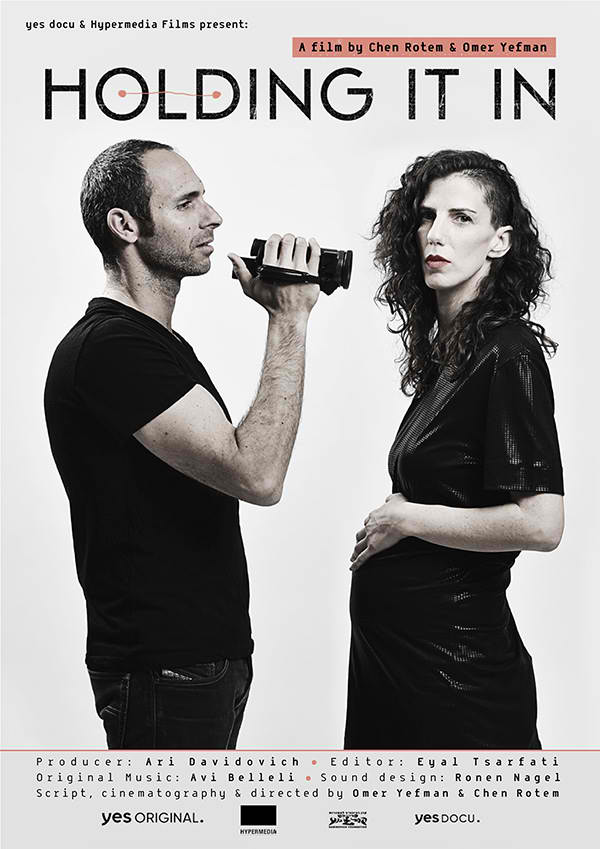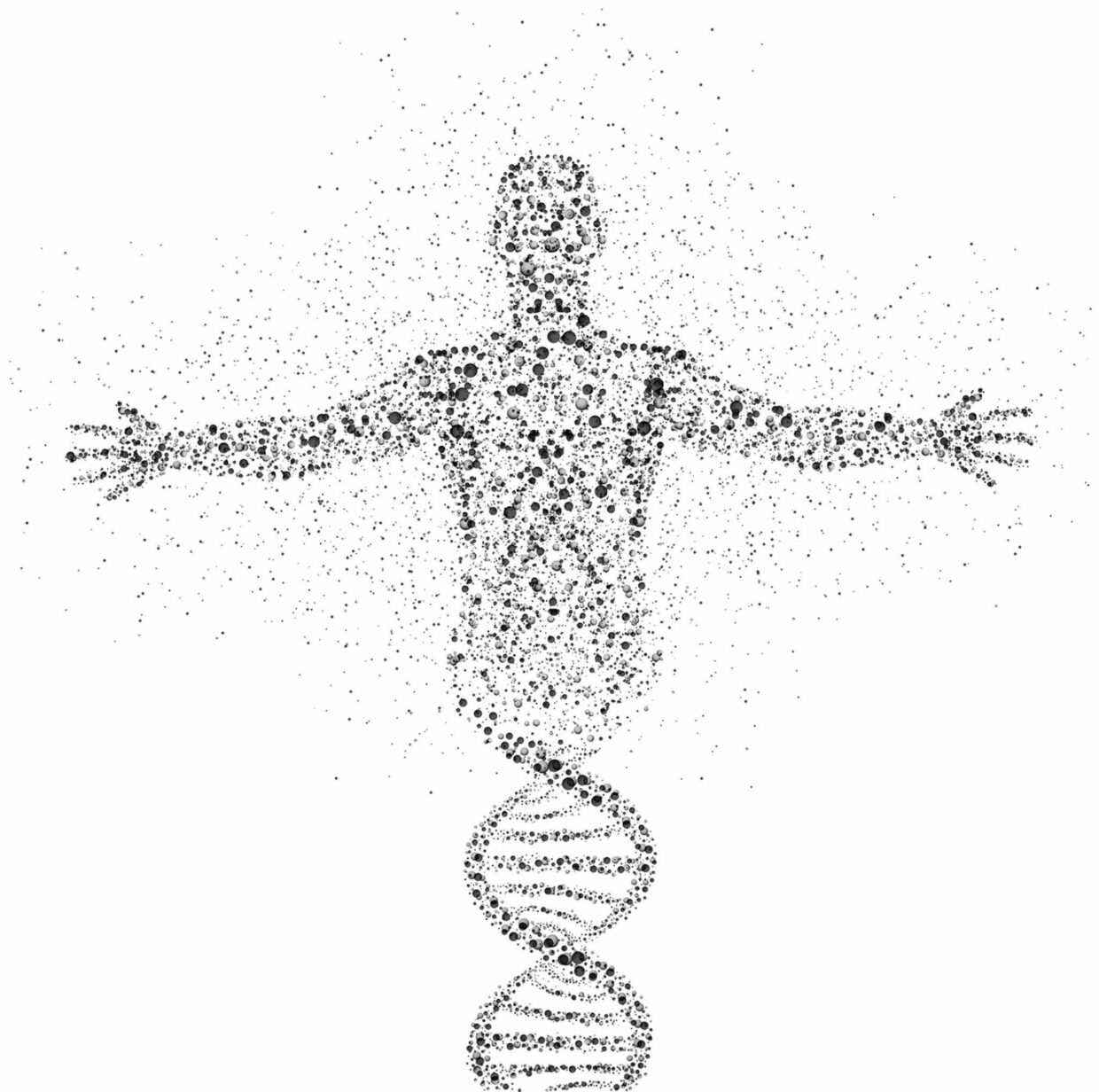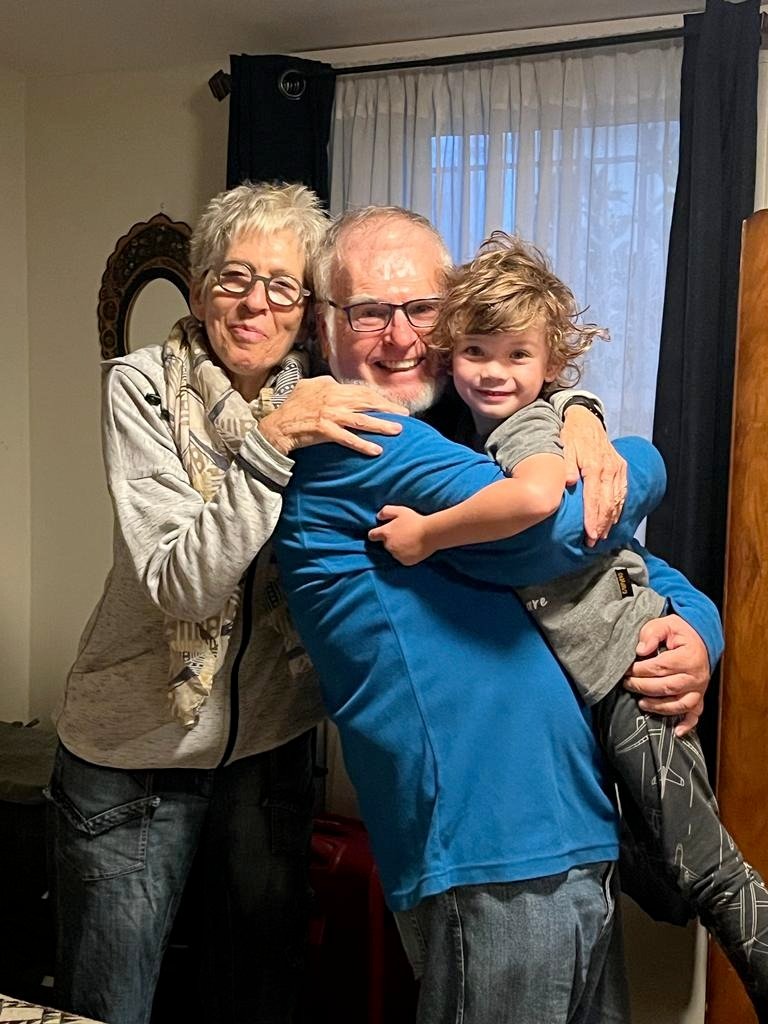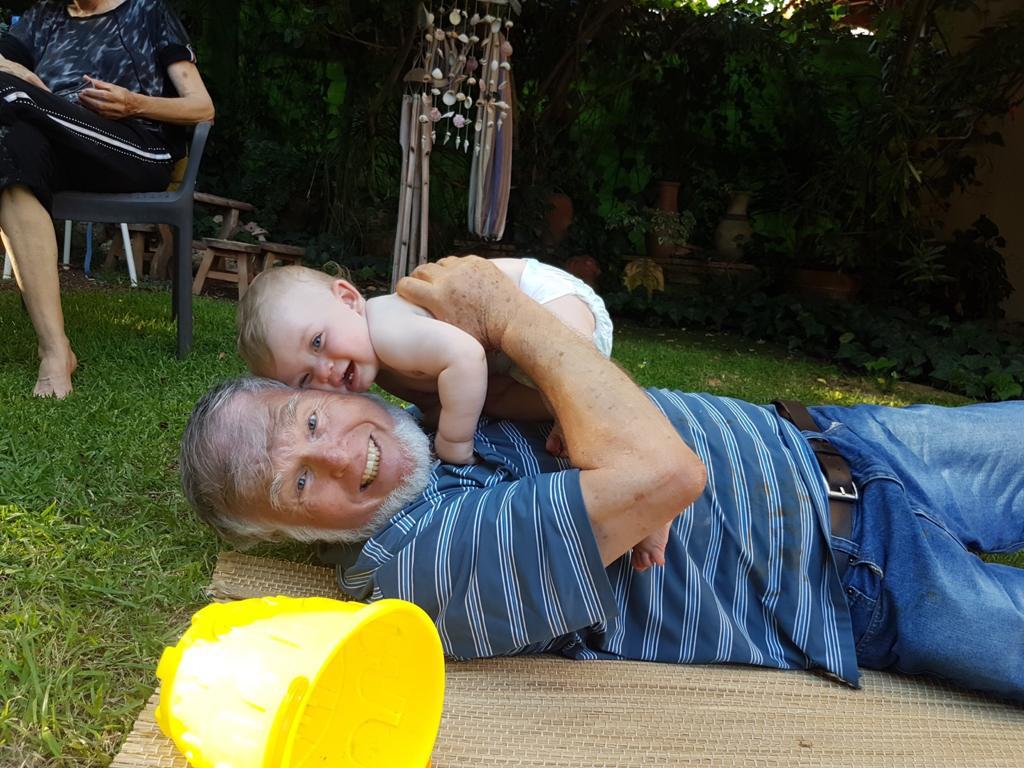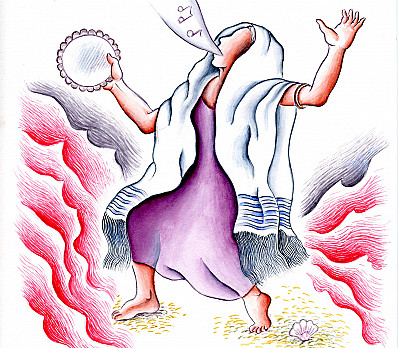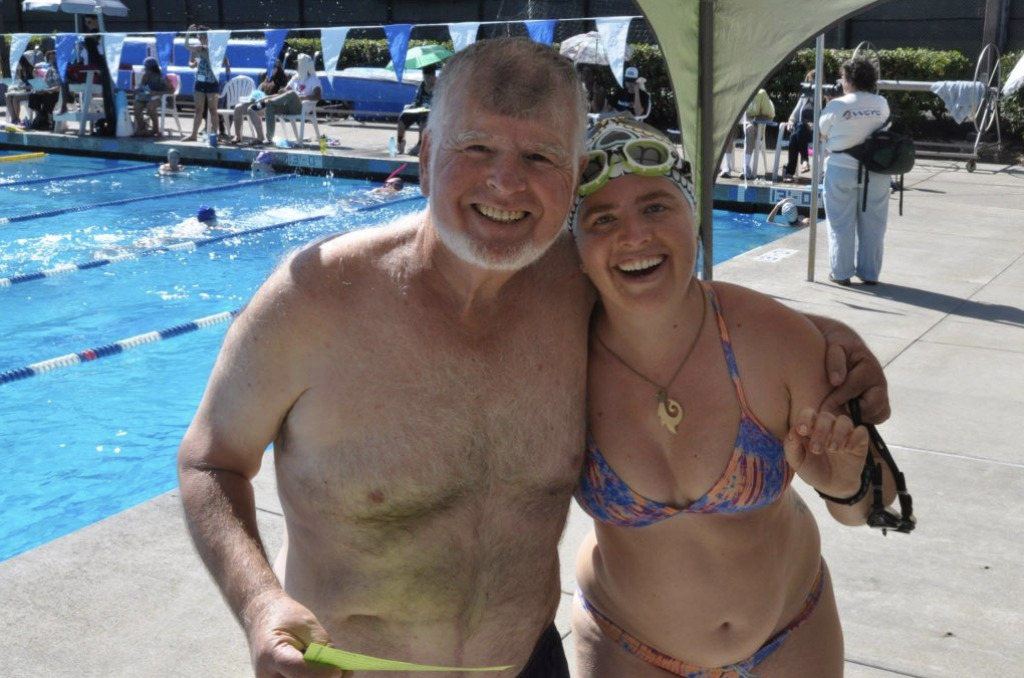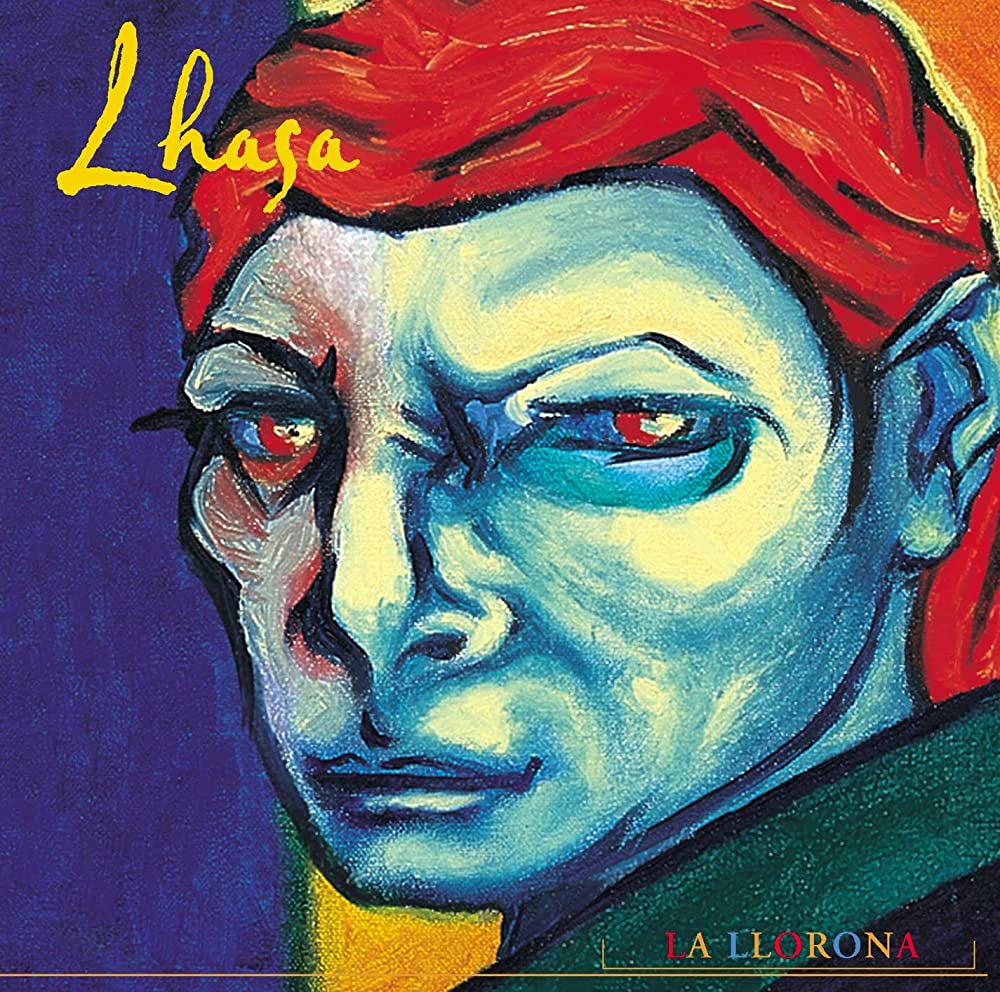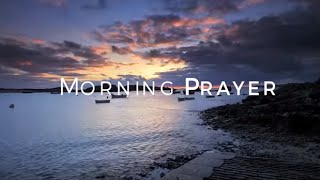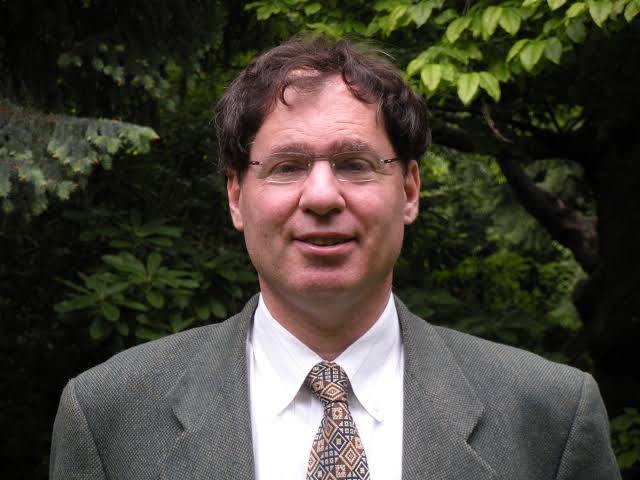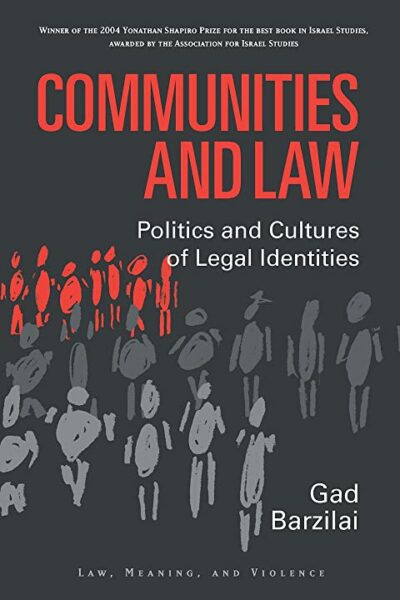Today, my family will observe the “shloshim” (“thirty”) ritual for my dad, a little over a month from his death. This Chabad resource explains the ceremonial significance of the passage of the first month of mourning. It is customary for family and friends to visit the grave and witness the unveiling of the new headstone (“giluy matzevah.”)
Headstones are placed on graves for various historical, practical, and cultural reasons. I see dual symbolism in a heavy, sturdy stone. First, there is the idea of finality, of coming to terms with the loss, which reflects the complicated psychological process of grief after the shock and confusion that characterize the time of the funeral. The grief is far from dulled, but it begins to transform as loved ones try to adjust to their bereavement. And second, there is the idea of the stone not as an end, but as a beginning–as a cornerstone for what will eventually become a memory palace for the person we grieve.
The concept of a “memory palace” comes from memory science, where it is also known as the “method of loci.” It is an ancient mnemonic device which uses the visualization of familiar spatial environments–or the detailed imaginary construction of spatial environments–in order to enhance the recall of information. I think that the idea of spatially constructing memory during bereavement is hugely important. Events immediately preceding death, as well as death itself, tend to loom very large in the loved ones’ consciousness, which I think is true in cases of a sudden, shocking passing as well as when a prolonged period of suffering and caregiving overshadows a lifetime of happy memories. This understanding transforms the meaning of a headstone from something final to a new beginning–a freeing process by which having the dying process and the death settle into the memory makes room for preceding memories to emerge and populate the palace.
In light of this understanding, I choose to interpret my dad’s headstone as a cornerstone for the memory palace I’m building for him in my heart. The ceremony I’m officiating today is therefore designed to ceremonially and emotionally place this cornerstone, through sharing memories and through special prayers and texts crafted to move along the memory-building project.
The central prayer of the ceremony is my version of the traditional Jewish “El Maleh Rakhameem” (“God full of mercy”) recitation, which is a deeply spiritual call to find a proper resting place (“menukhah nekhonah”) for the soul of the deceased. The original prayer is full of flight, bird, and wing imagery, which reminds me a lot of one of my dad’s favorite songs, El Cóndor Pasa:
My version of the prayer retains the flight motif and invites the memory to soar (English translation follows the Hebrew original):
חברים אהובים, מלאי רחמים, חברים עצובים והמומים, המציאו מנוחה נכונה על כנפי זכרונותיכם הטובים במעלות קדושים וטהורים, כזהר הרקיע מזהירים, לנשמת חיים אבירם בן שרה ושמואל יוסף שהלך לעולמו. רננו לכבודו, הללו את זכרו בכינור ובנבל עשור. שירו לו שיר חדש. היטיבו נגן בתרועה. זכרו את הווייתו הזכה, את חכמתו הרבה, ליבו הגדול והחומל, צחוקו הטוב, מעשיו הנאצלים, ועשו מעשים טובים בשמו ולעילוי זכרו. את הציווי לחיות חיים מוסריים, טובים ומשפרי עולם שמרו – אל נא תעזבום בשמו. בכל לבכם דירשו את צרכי תיקון עולם – אל נסטה ממצווה זו כשם שהוא הגשימה בכל נשימה מנשמות אפו. הנה תאבנו לדעת איך לרפא תבל – בצדקת מעשינו נחיה כשם שחי הוא את חייו הטובים והראויים.
על כן ברחמיכם הגדולים תסתירוהו בסתר כנפיכם לעולמים, ותצררו בצרור זכרונותיכם היקרים מפז את נשמתו. ליבותיכם האוהבים הם נחלתו, וינוח לשלום בנשמות כולנו, ונאמר שלום.
Dear friends, full of compassion, shocked and saddened friends, find proper rest on the wings of your good memories in holy and pure realms, like the shining stars that sparkle in the skies, for the soul of Haim Aviram, son of Sarah and Shmuel Yosef, who has passed away. Sing praises in his honor, glorify his memory with a ten-stringed harp. Sing a new song for him. Let your trumpets ring. Recall his righteous being, his abundant wisdom, his big and compassionate heart, his hearty laughter, his noble deeds, and do good in his name and for the elevation of his memory. Preserve the commandment to live a moral life, good and world-improving – do not abandon it in his name. Seek with all your heart the needs of repairing the world – do not neglect this commandment, as he fulfilled it with every breath he took. Indeed, we desire to know how to heal the world – through the righteousness of our deeds, we will live just as he lived his good and worthy life.
Therefore, in your great compassion, hide him under your wings for eternity, and gather tightly the dear memories of his soul as a precious treasure. Your loving hearts are his legacy, and may he rest in peace within all our souls, and let us say, peace.


